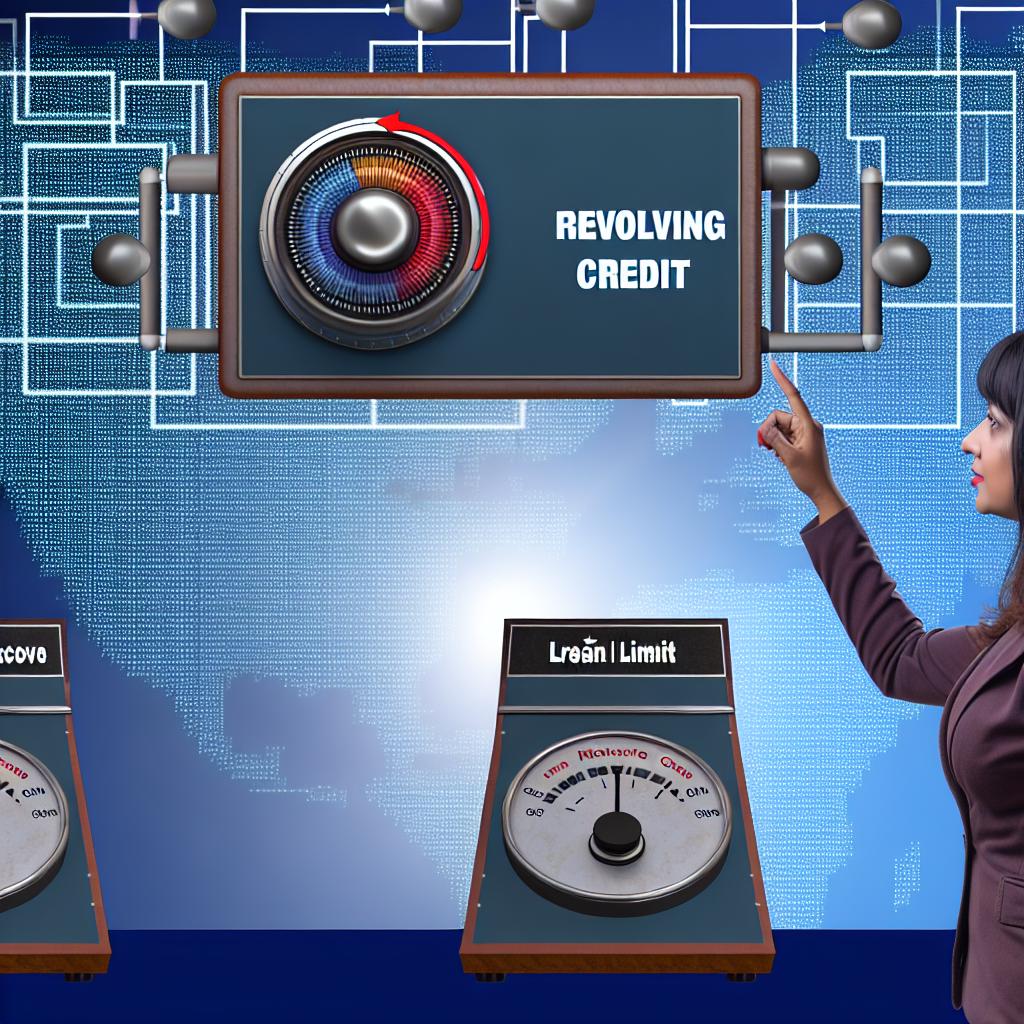Understanding a Revolving Line of Credit
A revolving line of credit is a flexible financing option that affords borrowers the ability to access funds up to a pre-set limit. It functions much like a credit card, allowing individuals to borrow, repay, and then borrow again continuously up to the approved credit limit. This method of financing is popular among both consumers and businesses seeking flexibility in accessing funds over time.
How a Revolving Line of Credit Works
A revolving line of credit operates on a straightforward principle: once approved, the borrower can draw funds as needed up to the limit. Unlike term loans, which provide a lump sum that must be entirely repaid with interest, revolving credit resembles a financial safety net that can be dipped into on-demand. The key advantage is that borrowers pay interest only on the amount they actually use, not the entire credit cap. This trait can greatly assist in individual financial planning, as it provides a customizable means of debt management tailored to one’s fiscal needs.
Key Features
Flexibility: This financial product allows for financial agility, enabling users to access funds when necessary. It serves as a practical tool for managing erratic cash flows or unexpected costs without the need to reapply for a new loan each time funds are needed.
Interest Payments: Interest costs are only applied to the borrowed sum. By only charging interest on the funds utilized, borrowers may find themselves with potential savings compared to other loan formats where interest accrues on the entire loan value.
Renewal: The credit line generally stays open as long as borrowers comply with the terms and conditions. They may also have the opportunity to adjust or renew their limits, dependent upon creditworthiness and lender policies.
Types of Revolving Lines of Credit
Revolving lines of credit manifest in various forms, tailored to accommodate different consumer needs.
Personal Lines of Credit
These lines are unsecured and exhibit versatility, as they can be applied to a wide range of personal expenses such as home renovations, medical expenses, or travel plans. Typically offered by banks and credit unions, securing this line necessitates a favorable credit score but grants significant control in fund allocation.
Home Equity Lines of Credit (HELOC)
HELOCs present an opportunity for homeowners to tap into their property’s equity, offering a secured loan option that can yield lower interest rates in comparison to unsecured lines. Largely chosen for substantial spending, like home improvement projects or settling high-interest debts, this line uses the home as collateral, thereby favoring more agreeable lending conditions.
Business Lines of Credit
Businesses frequently use these revolving lines to ease cash flow management, bolster inventory purchases, or address day-to-day operational expenses. They provide business owners with the flexibility to draw upon and repay funds in accordance with the waxing and waning of business demands, akin to having a financial back-up to assure smooth operations.
Considerations When Using a Revolving Line of Credit
The advantages of revolving lines of credit are significant, but they are not without their set of challenges. Borrowers should be mindful of the following factors:
Interest Rates: Interests here can be variable or fixed depending on the lending entity. Each scenario influences the borrowing cost differently and warrants careful consideration as it affects the overall repayment amount.
Fees: Being aware of and understanding any additional charges such as annual, maintenance, or transaction fees imposed by lenders is crucial. These can significantly amplify the overall cost of maintaining a revolving credit line.
Credit Impact: Caution must be exercised in terms of credit utilization rates. High usage ratios can negatively impact credit scores. Managing balances prudently is essential for maintaining or enhancing credit standings.
Conclusion
Revolving lines of credit offer a dynamic solution for financial management, suited for a spectrum of needs from personal to business-related use. Adequate comprehension of its workings, associated costs, and credit implications is imperative for leveraging its benefits effectively. For more expansive guidance on managing credit and exploring lending alternatives, turning to financial establishments or consulting with financial advisors is recommended.
